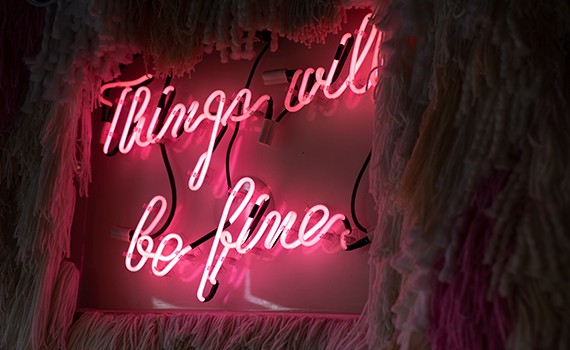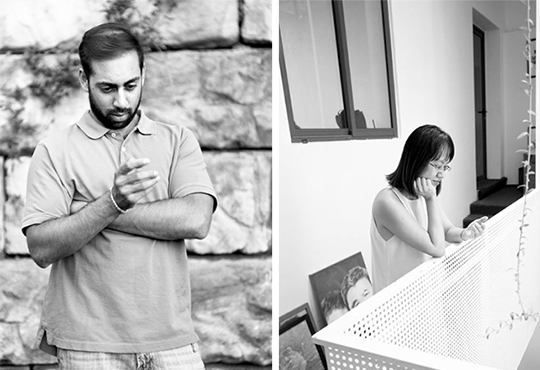
“Everything starts as somebody’s daydream”
The sensation of daydreaming is something we’ve all experienced. Whether it be through worry or fantasising, it allows us to escape from the task at hand.
“Snap out of it”, shrieked the teachers at school as we stared hazy eyed out the window. “Excuse me, the queue has moved”, says the impatient man behind us as we regain awareness having gazed in deep thought at the floor. No matter what the circumstance, drifting into a world of eccentric, complicated, meaningful thoughts is the simplest, most powerful form of escapism and unveils a stream of opportunities.

If you were to place yourself in your most serene environment, where would it be? Whether it be on a white sand beach with palm trees that sway in the breeze, or on top of a mountain that overlooks a heroic, time worn landscape, the images and settings we can create in our imagination often go beyond these idyllic settings.
To daydream is to experience a short-term detachment from your immediate surroundings. So much so in fact, that your contact with reality is blurred and replaced by idealistic, positive thoughts, hopes or ambitions – creating a visual beyond the norm. Although we all experience them, each daydream is completely unique and representative of that individual. No two individuals will ever experience the same daydream. This is what makes them so powerful, and in many senses the most personal, private and peaceful getaways possible.
Daydreams have often been associated negatively with a short attention span, low concentration levels and in some cases, laziness. However, as creative writers at Semple, we argue, along with many psychologists, that daydreaming is a significant form of creative intuition, problem solving and self-reflection. Many creatives; composers, novelists, film makers, and even scientists and mathematicians, formulate their work through visionary daydreams.

Eric Klinger’s research in the 1980s even highlighted how daydreams can help to remind us of important tasks, therefore encouraging productivity and efficiency, ‘paradoxical though it sounds, daydreaming is what makes us organised.’ And we suppose he’s right, after all, Albert Einstein didn’t discover the power of gravity without losing thought under a tree.
The sad aspect about these dreams however, is that despite how wild, wacky and unworldly they are, the older we get and the more experiences we encounter, the less likely we are to daydream. As the future shrinks, we lose sight of possibilities and our goals become more fixed and achievable. But these short moments of liberation can have a resonating impact on our lives. Each daydream comes with a sensation that feels as if they have lasted minutes, when in reality the average daydream lasts about 14 seconds. Small but mighty – if you allow yourself to listen to these dreams, you could discover not only something new about yourself, but of the possibilities out there for you. They say you lose yourself in a daydream, but shouldn’t it actually be that you find yourself? Be sure to always keep a pen and paper at hand and make the most of yours. Explore your mind and your imagination. Capture it and remember it. Let it set a path for your future. For who knows, it could lead to who you become tomorrow.
Images courtesy of Madeline Masarik



